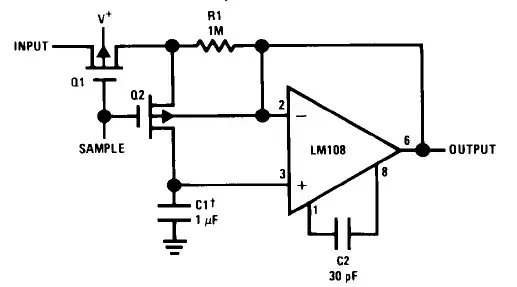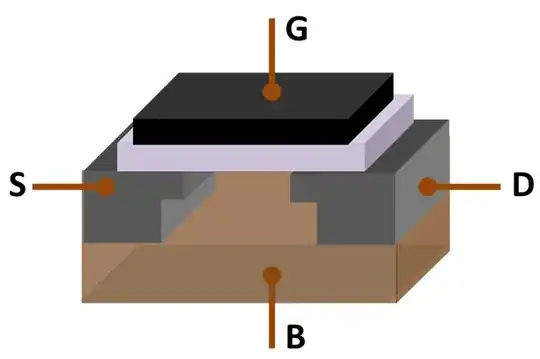What does the following symbol represent?

Update 1: For some context:

A MOSFET (p-channel).
The central pin is the Substrate or Bulk, the outwards arrow means that it's a p-MOS.

The image (found on Wiki) shows how the MOSFET is internally; the Bulk contact is connected to the substrate where the transistor is build upon. If not tied to the source, the Body effect changes the threshold voltage, altering the current output.
Usually Bulk and Source are connected together, like in the case of discrete MOSFETs; however, in integrated circuits design, like VLSI (very large scale integration), entire rows of transistors (all p or n channel) share the same substrate, and thus have it connected to Vdd.
The other answers and comments about P Channel MOSFETS and substrate or bulk connection are essentially correct in a modern context but MAY be wrong here.
Tha symbol is from a 1989 circuit diagram in this data sheet and the component is connected and used in a different manner from anything that I am aware of that is available on the market now.
When an IC or MOSFET is made it is fabricated on a "substrate" or base layer. This is usually made of silicon. In special cases sapphire may be used - this has two very special main effects - more on that soon.
When the IC is formed a diode is created automatically between the drain and source (if a MOSFET is being made) via the substrate material. This diode is ALWAYS reverse biased in operation. The substrate layer is not made available externally as a separate connection.
SO the device shown also has a substrate connection BUT it is made available for separate connection as can be seen in he diagram - to connect 2 pins with a 1M resistor as they do means hey must be available externally.
When sapphire is used there is NO conductive substrate layer. This is also referred to as "silicon on insulator". The two main effects are reduced capacitance effects (no reverse biased diode junction acting as a varactor diode) and NO REVERSE DIODE.SOS is very expensive and so is very rare.